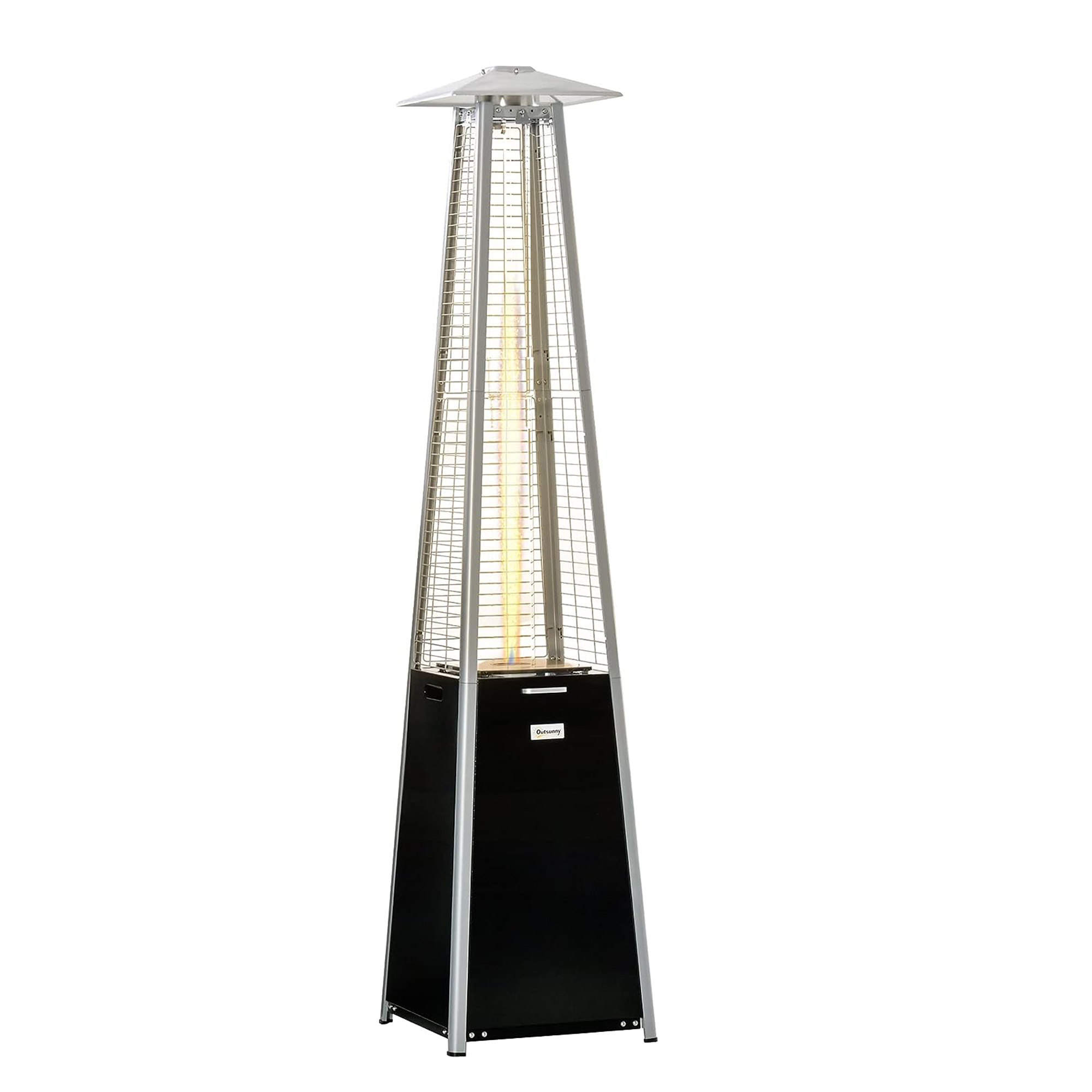Can you use a patio heater on decking? Yes, as long as you follow these 5 expert-led safety tips
Ensure safety when using a patio heater this season


Patio heaters are nothing less than a must if you want to enjoy your outdoor space for longer throughout the year, but is it safe to use one on decking?
Although the weather has finally got warmer, the evenings definitely still lean on the cooler side. As a result, you might be considering investing in one of the best patio heaters to help curb those chilly nights and make the most of the longer evenings. But of course, before you make such an investment, it's important to be aware of the worst places to put a patio heater so you can steer clear of them.
Thankfully, contrary to popular belief, it is safe to use a patio heater on decking. As with any appliance, there are just a couple of precautions to keep in mind to ensure safety when using one outdoors.
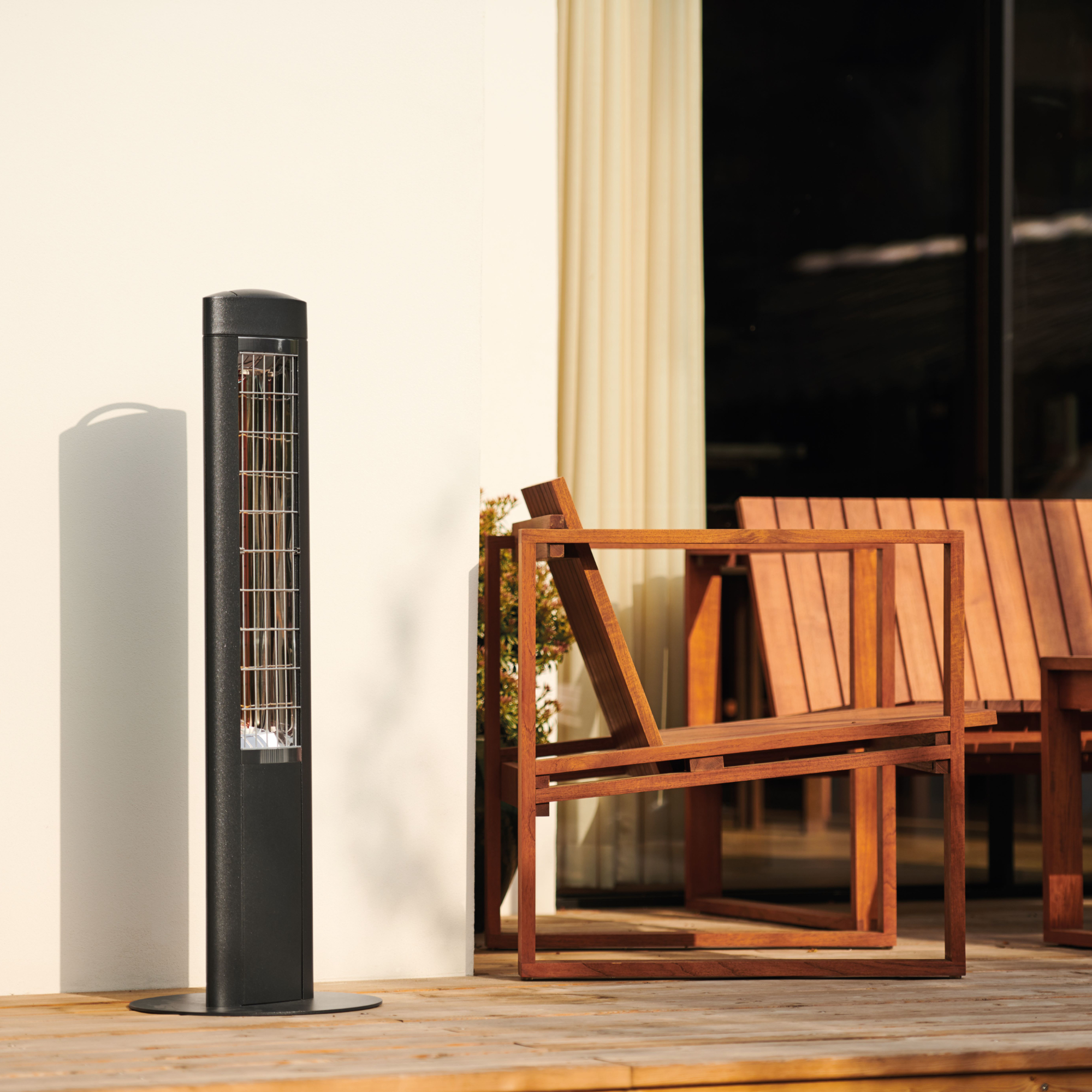
Can you use a patio heater on decking?
In short, yes, you can use a patio heater on garden decking.
'Placing a patio heater on your wooden decking is perfectly safe and will not damage the surface of your decking. Unlike other areas of a patio heater, the base does not get hot and therefore is not deemed a fire hazard when placed on a wooden surface,' explains Tom Clifford, garden design expert at Gardenstone.
Lewis Darley, content creator for NeoTimber explains that most electric and gas patio heaters can be used on any kind of decking, as the heat source is normally raised above the ground. However, should you be in a toss-up between composite and wood decking, Lewis says that composite decking is Class-C fire-rated and slightly more suitable to use with patio heaters than other timber alternatives.
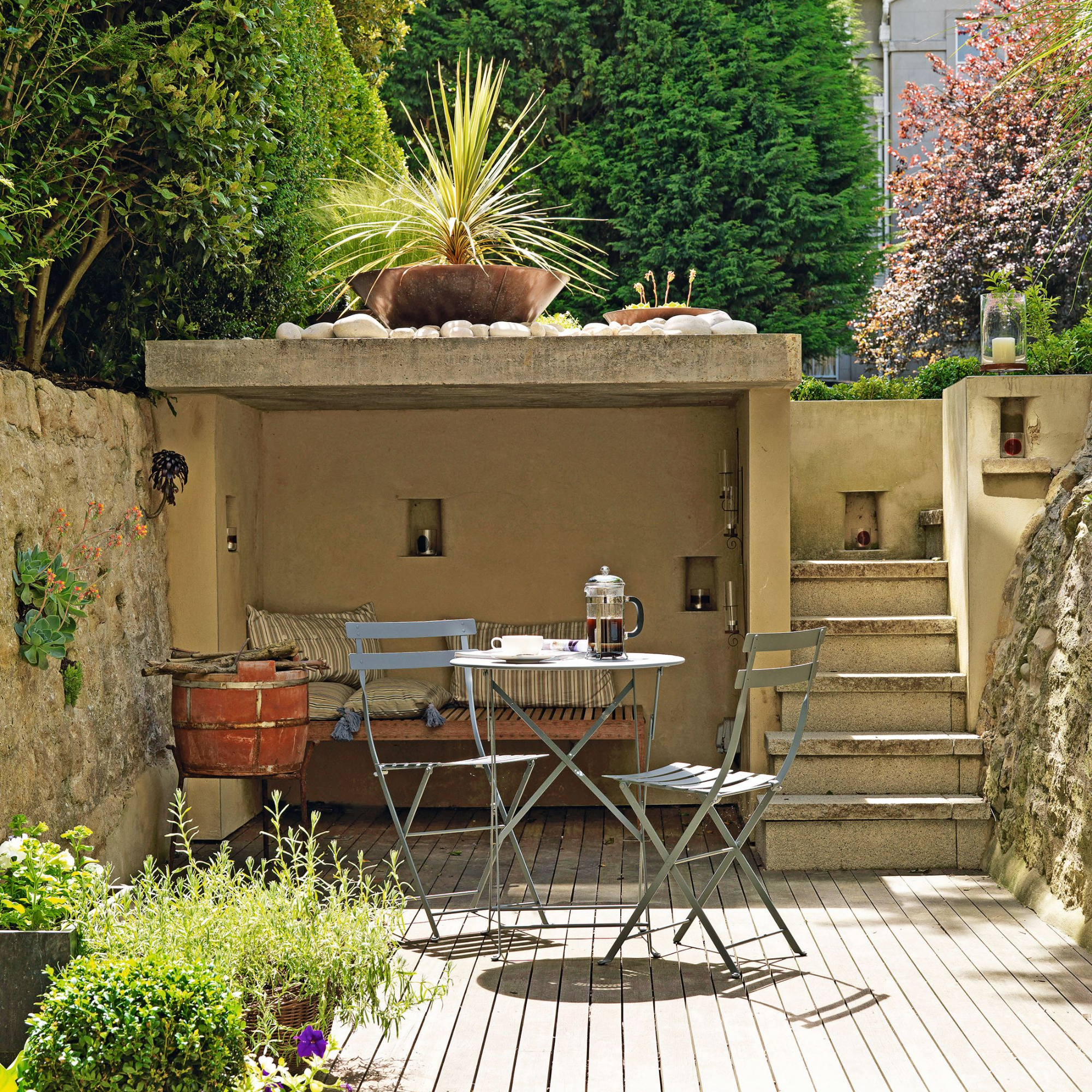
Safety precautions when using a patio heater
Despite it being safe to use a patio heater on decking, it's still incredibly important to abide by a key few rules to operate one responsibly that apply when using both gas and electric patio heaters.
1. Put it on stable ground
This goes without saying, but you should always ensure your patio heater is on a flat, level surface. So long as you've laid your decking correctly, this should be easy enough to always stick to.
'Your decking should provide this, making it an ideal home for your patio heater, and uneven ground could cause the heater to tip over, creating a fire hazard,' explains Robert Quinton, DIY expert and owner of Construction Megastore.
2. Keep it away from flammable materials
When considering outdoor living room layouts, you must give as much space as possible to a patio heater.
'Avoid positioning a patio heater too close to garden furniture, outdoor rugs, or any other flammable materials as this could be a fire risk,' warns Adam Oldfield, director at StovesAreUs.
As a rule of thumb, try to keep your patio heater at least one metre away from anything including your best garden furniture, awnings, and other outdoor decorations.

3. Steer clear of busy areas
Although you're likely investing in a patio heater to warm up guests of your outdoor get-togethers, Robert advises against placing it right in the centre of the busiest areas of your decking.
'This should limit the possibility of your patio heater being accidentally knocked or bumped and causing subsequent issues,' he explains.
4. Be mindful of windy conditions
While we may be creeping into summer, British weather remains as unpredictable as ever and you must be cautious when using a patio heater in strong winds as these conditions could cause the flame to blow out or for the heater to get blown over completely.
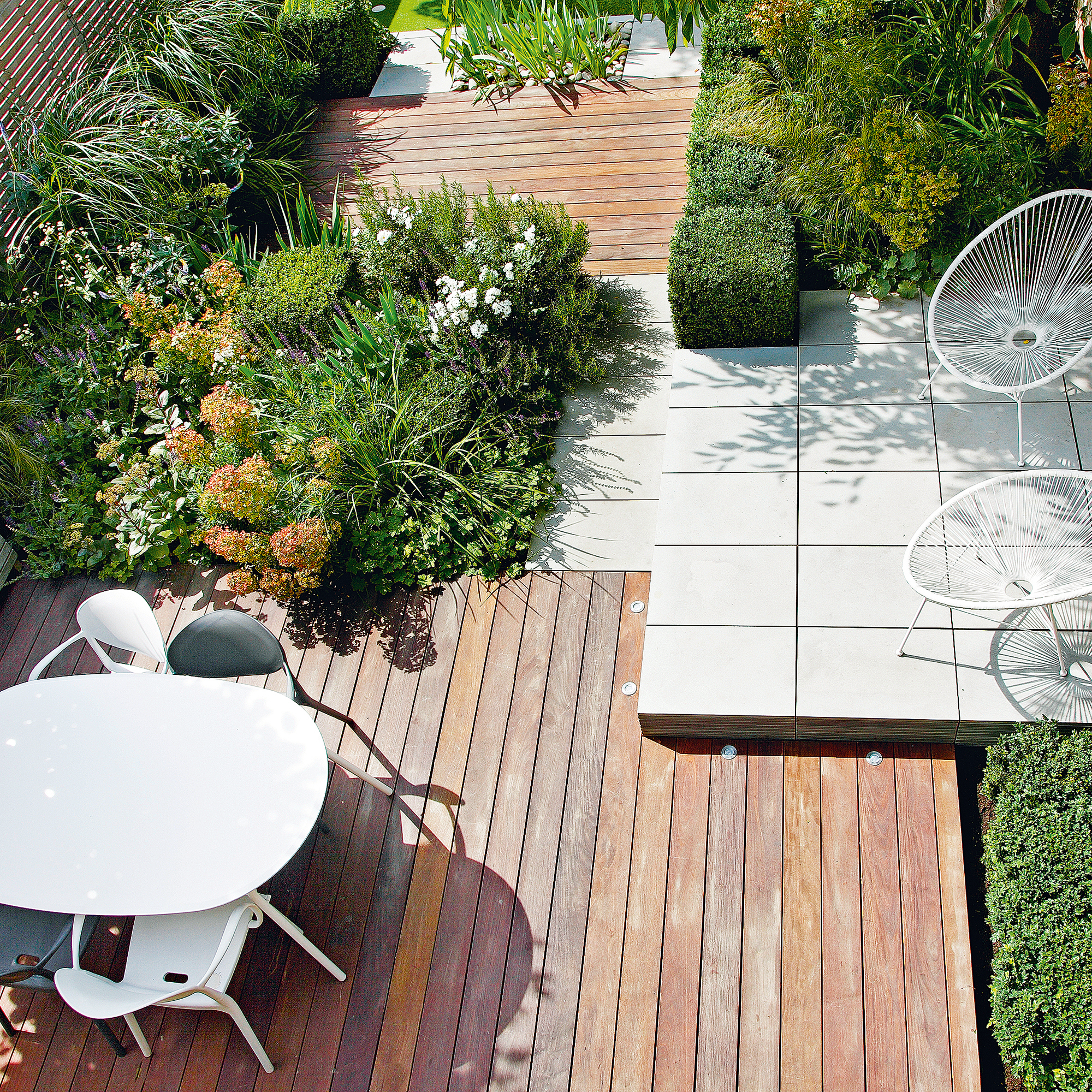
5. Never leave it unsupervised
Lastly, patio heaters should never be left unsupervised when they're on.
'When lit, patio heaters shouldn't be left unsupervised under any circumstances to prevent the risk of a fire, this is especially important if you have young children or pets,' urges Tom.
Shop our top-rated patio heaters
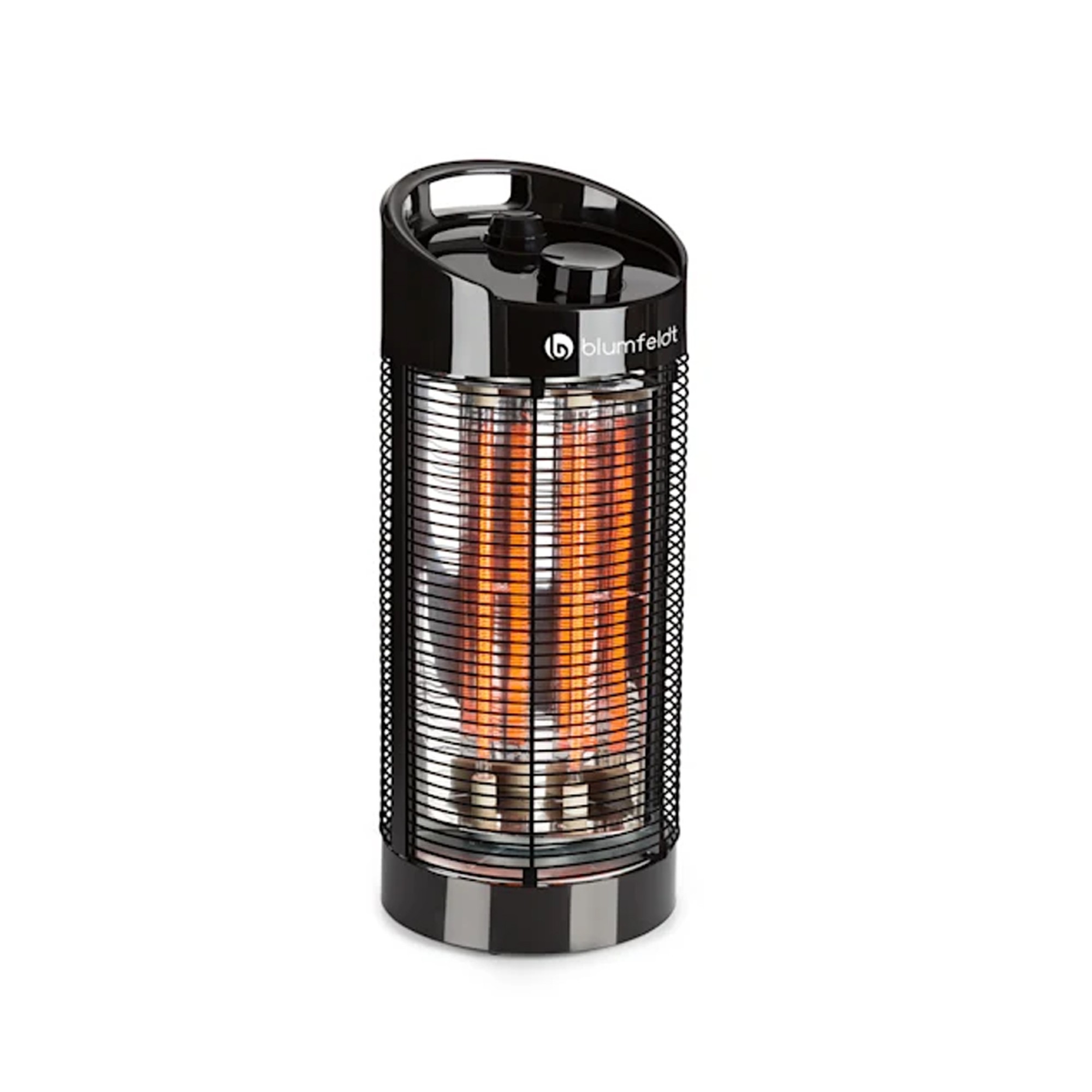
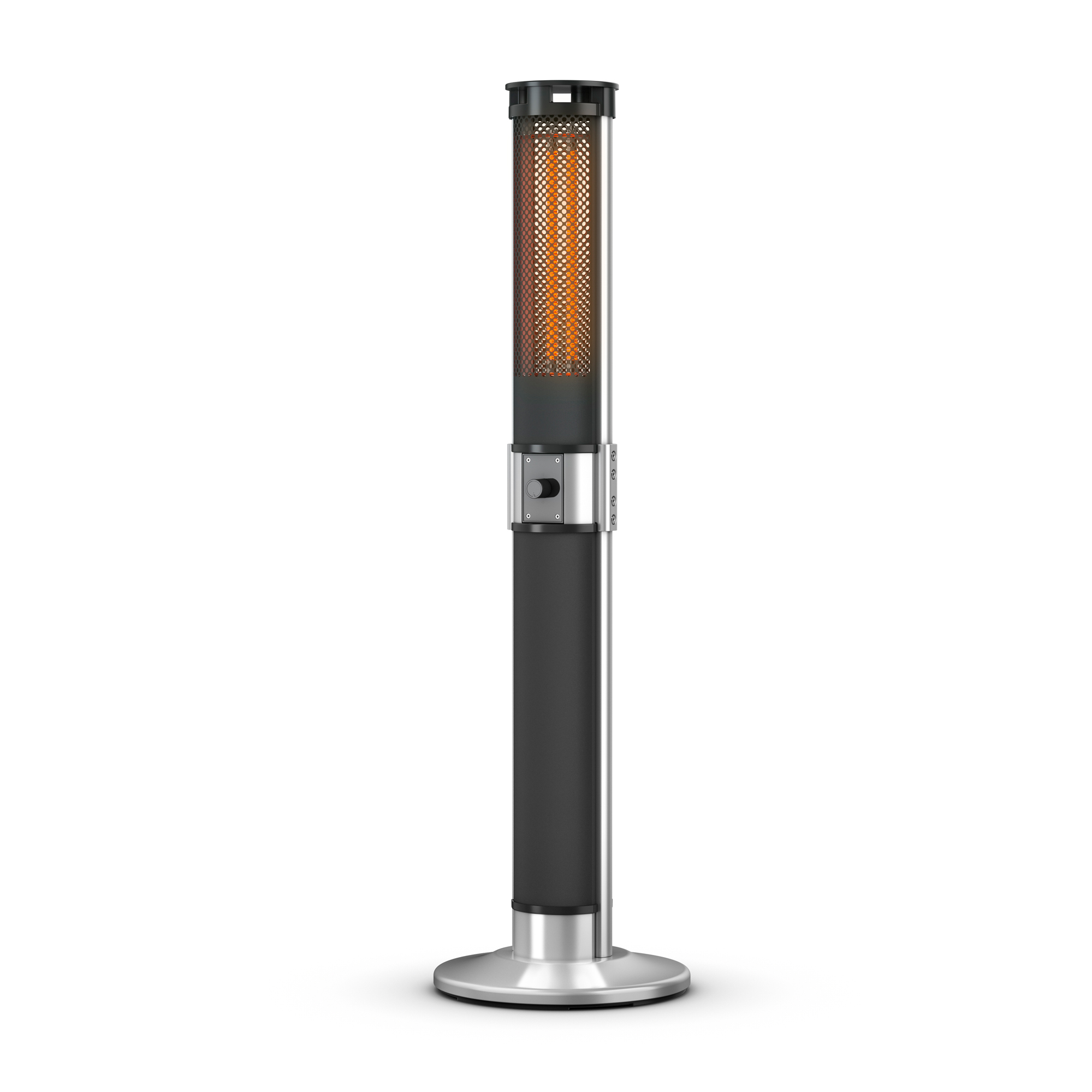
Investing in a patio heater for your decking is worthwhile to get the most out of your outdoor space irrespective of the season, but it certainly pays to be clued up on the best practices to keep you and your household safe all year round.
Get the Ideal Home Newsletter
Sign up to our newsletter for style and decor inspiration, house makeovers, project advice and more.

Jullia was Ideal Home’s Junior Writer from 2022-2024 and the Ideal Home Certified Expert in Training on Vacuums having spent over 60 hours testing different models. She’s always loved all things homes and interiors, graduating with a bachelor’s degree in Architectural Studies from the University of Nottingham where her love for writing blossomed following her internship at ArchDaily. Now focused on home tech and cleaning, Jullia works on writing features and explainers to help people make the most of their home appliance investments, putting the newest launches through their paces. When she isn’t writing, she loves exploring the city, coffee shop hopping, and losing hours to a cosy game or book.
-
 Will a conservatory add value to your home and how can you maximise it?
Will a conservatory add value to your home and how can you maximise it?This is what the pros say
By Amy Reeves
-
 I’ve been looking for a new signature scent for my home and The White Company's new fragrance is the exact summer holiday smell I needed
I’ve been looking for a new signature scent for my home and The White Company's new fragrance is the exact summer holiday smell I neededSantorini smells fresh, summery and sophisticated
By Kezia Reynolds
-
 How to remove algae from garden walls in five steps – and the cleaning product experts rave about for tackling it fast
How to remove algae from garden walls in five steps – and the cleaning product experts rave about for tackling it fastExperts share their top tips for getting garden walls algae-free
By Katie Sims
